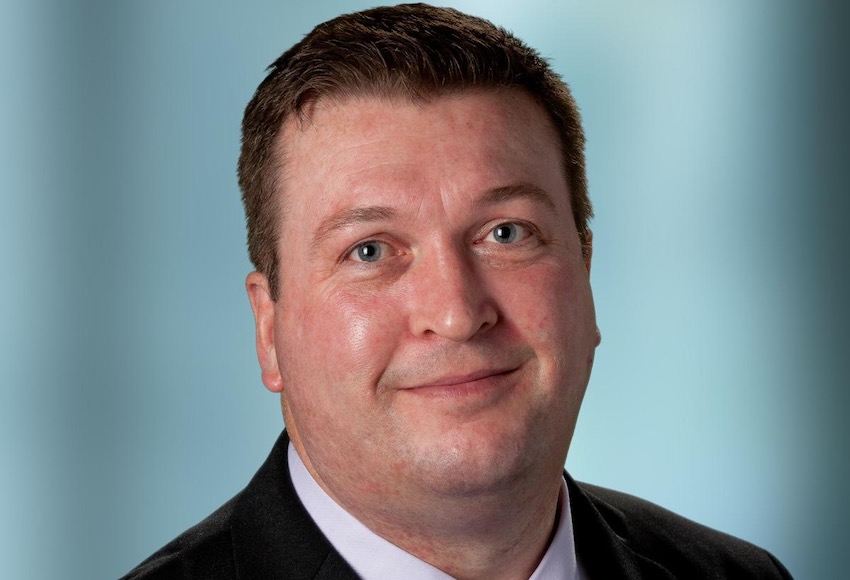Siemens is playing its part in the fourth industrial revolution through the digitalisation of the marine sector, according to head of marine and defence Andrew Seal.
To continue reading the rest of this article, please log in.
Create free account to get unlimited news articles and more!
“Industry 4.0 is a German concept about the next revolution in industry; so, the fourth industrial revolution,” he said.
“There was a collaboration agreement signed between Australia and Germany in April last year to bring that concept into Australia, to help Australian industry move to the next level, which is really pertinent to defence, because if we're going to do these programs, we're not going to do it the old way.
“We're going to do it in a completely new way, in a digital way. And we need to develop the workforce of tomorrow along that industry 4.0 line.
“There's a taskforce called the Prime Minister's Industry 4.0 Taskforce, which is led at a federal level. Siemens chairs that board.”
Seal added that the firm was now also creating the first graduate programs for industry 4.0.
Seal also recalled the firm’s first collaboration, which had been with Swinburne University.
“We donated $135 million worth of software to them and we're now working our way around Australia with the concept of each state having a slight focus on a certain industry area,” he said.
“But ensuring that training goes from K all the way up to post-grad and the students, as they leave academia and move into the workforce, move into the workforce fully understanding how that industrial revolution looks in the workplace and then can start to help businesses move forward.”
Seal said Siemens was now so big and broad that it had become a challenge to communicate to people “who we are and some people will still say, ‘Oh, you used to do mobile phones’”.
“They don't realise that Siemens Healthcare, I think they've got something like 70 per cent of the CT market,” said Seal. “They've got the biggest managed equipment services in the southern hemisphere with Fiona Stanley [Hospital in Western Australia].
“[But] we're big and we're broad and we're touching the digital stuff, we're touching building technologies, energy.”
“There's a lot of angles to Siemens Defence,” Seal added. “It's quite interesting, actually. Recently, about a year ago, we signed a global MOU with BAE, because we're their fifth-biggest supplier on a global level and we supply to every part of their business.
“This funding initiative and this regeneration of the defence capability is enabling us to make that a much more forward focus, rather than the more individual business unit focus it would have been in the past.
“If we, again, look to the US [where] we have a company called Siemens Government Technologies, which enables us to contract directly to the US government on all programs including defence, and in the US we do in excess of a billion dollars a year – just on energy efficiency contracts for the US defence infrastructure.
“We [also] have Siemens Healthcare, which is partnered with Airbus on the deployable hospital program JP 2060, and that's something we do globally in a very big way.”
Seal explained how, in the US, the firm’s digital unit – which is also used here by land and navy for its system platform offices – forms the backbone informing the majority of the US defence program's assets.
“We're talking Joint Strike Fighter… Mars Rover and NASA, as well as their aircraft carriers and nuclear submarines,” Seal continued. “$700 billion worth of US defence programs are designed on the Siemens [platform].
“In the US, we are very integrated into the workforce development side. A phrase that gets kicked around a lot is ‘digital shipyard’ – that's something we brought here a few years back.
“And in the US, we partner with the state of Virginia, the US Navy, the primes like Huntington Ingalls and academia to develop the workforce and innovate in what we call a shipbuilding centre of excellence.
“We invested a billion dollars worth of software into that academic environment. So, the workforce that gets deployed out goes into those yards with the digital capability to work at the front in the shipbuilding today.”

 Login
Login







